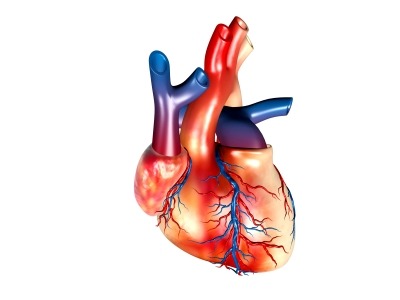
Neovasc has announced that the Food and Drug Administration (FDA) has provided guidance to the Company following its Sprint Discussion on June 26, 2019, together with the Company’s consultants and supporting U.S. cardiologists to review the clinical evidence collected to date for the Neovasc Reducer (the Reducer), to determine the most expedient pathway to potentially gaining regulatory approval in the United States and the quickest path to the U.S. market for these patients with an unmet need.
In its guidance, the FDA has recommended that the Company consider potential alternate approaches such as: the Humanitarian Device Exemption (“HDE”) pathway for class IV refractory angina patients and/or alternate clinical trial designs for a broader refractory angina patient population.
Based on the FDA’s feedback, the Company has decided to explore a two-pronged approach. First, the Company will work with the FDA to pursue the option for the Reducer to be classified as a Humanitarian Use Device (“HUD”) seeking an HDE approval pathway in order to bring this treatment option to those patients in the U.S. with the worst (class IV) angina symptoms as soon as possible. Second, the Company, in close consultation with the FDA and key opinion leaders, will evaluate an alternate investigational device exemption (“IDE”) clinical trial design for class III and IV patients.
“We are encouraged by the outcome of our discussions with the FDA on the clinical evidence and the potential pathway to the U.S. market for the Reducer,” said Fred Colen, President and Chief Executive Officer of Neovasc. “The FDA’s proposed alternative approaches, including a potential HDE pathway, would provide a meaningful treatment option for those patients suffering from the worst angina symptoms and who are desperate for a novel treatment in the fastest possible manner. This guidance from the FDA represents a potential substantial improvement over the original timeline we expected to bring this novel breakthrough medical device therapy for the treatment of refractory angina to the U.S. market.”
A HUD designation and approval of a HDE for class IV refractory angina patients would allow the Reducer device to be sold in the U.S. for profit as a medical device intended to benefit such patients in the treatment or diagnosis of a disease or condition that affects or is manifested in not more than 8,000 individuals in the U.S. per year. There can be no assurance that the Company will be successful in attaining such an HUD designation or approval of such an HDE for the Reducer.
In addition, the Company will explore an alternate IDE study design, in conjunction with our supportive U.S. cardiologists, with the intent to further expand the patient population and to eliminate the above-mentioned market restrictions over time. There can be no assurance that such an IDE study can be financed, will be approved by the FDA, will be completed, or if such a study is completed, that U.S approval will follow based on the results of that study.
While the guidance provided by the FDA is not intended to change, there can be no guarantee that a submission by the Company on the basis of such guidance will be accepted by the FDA.
Source: Company Press Release






